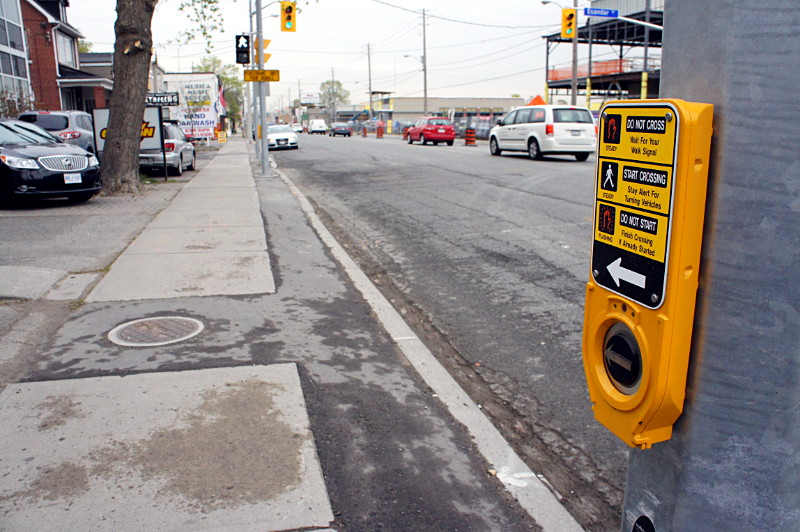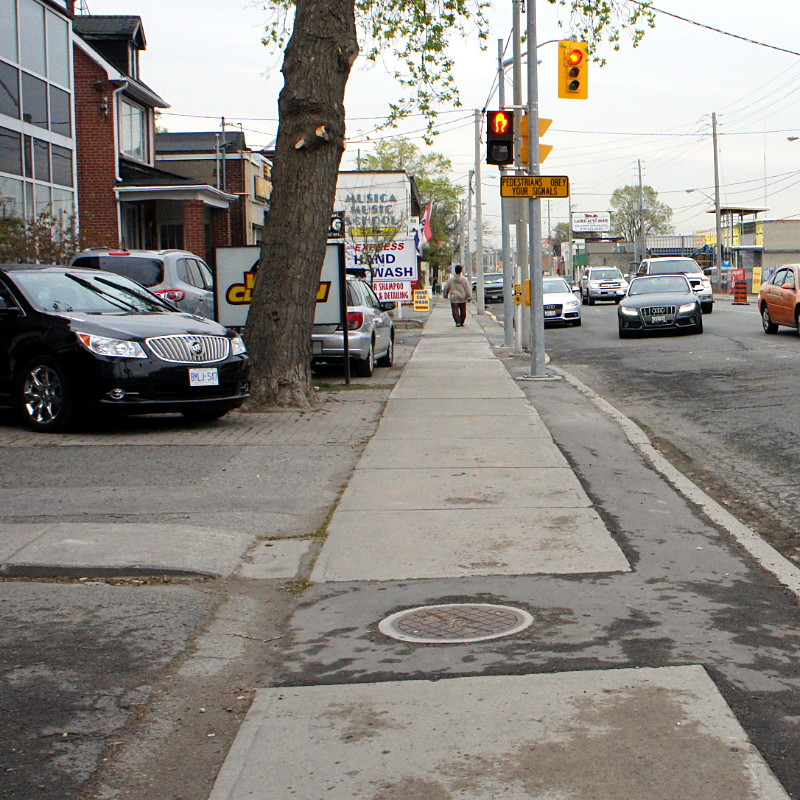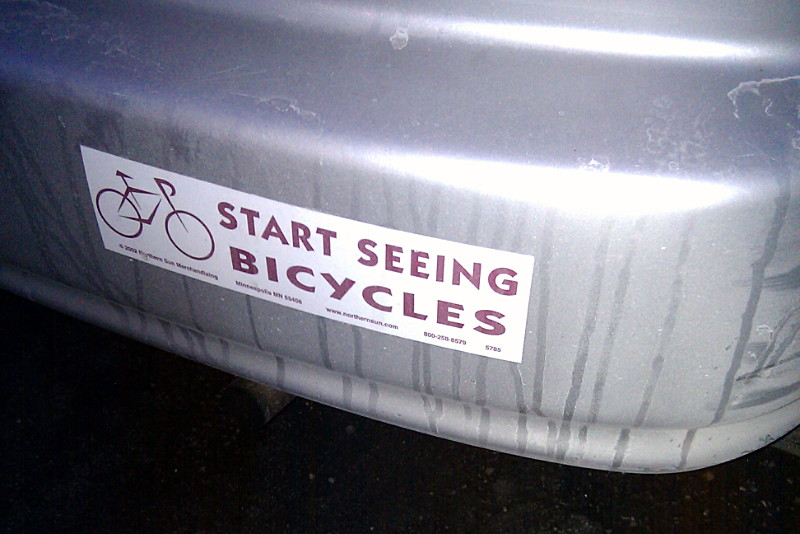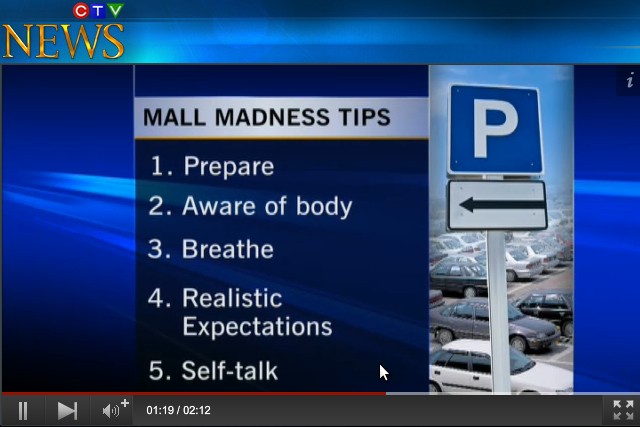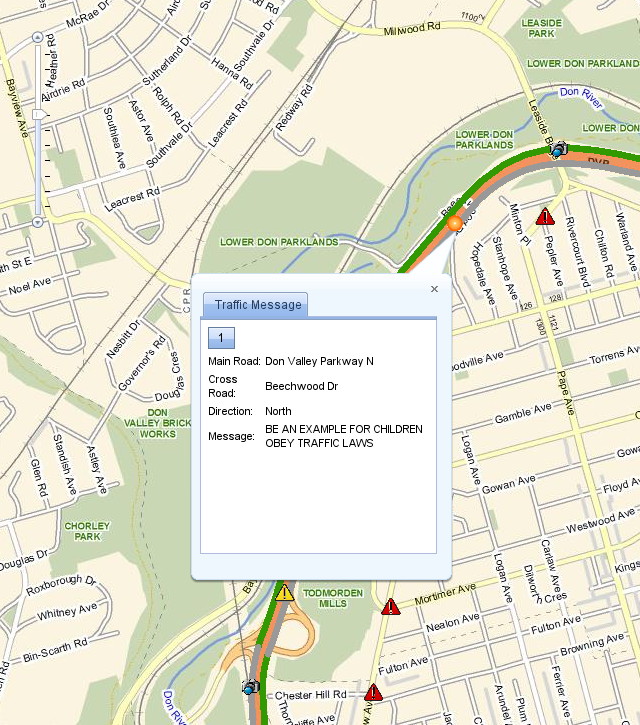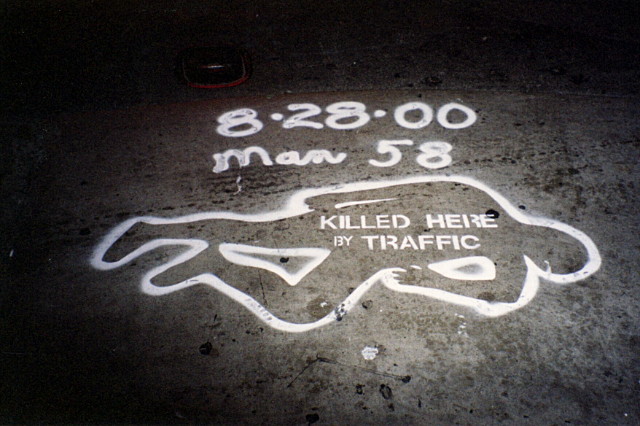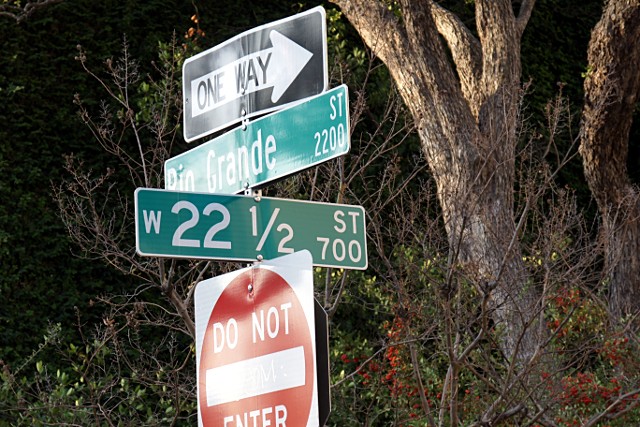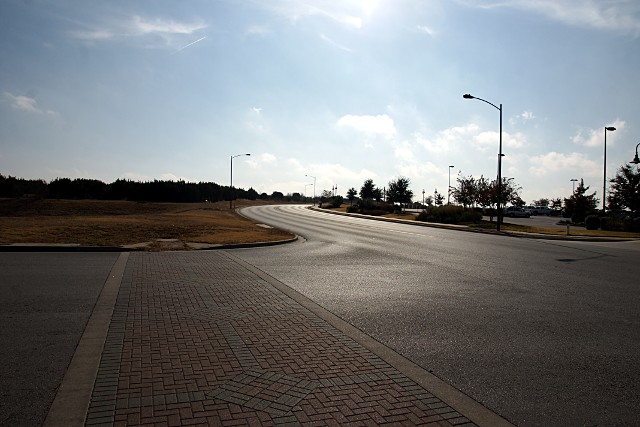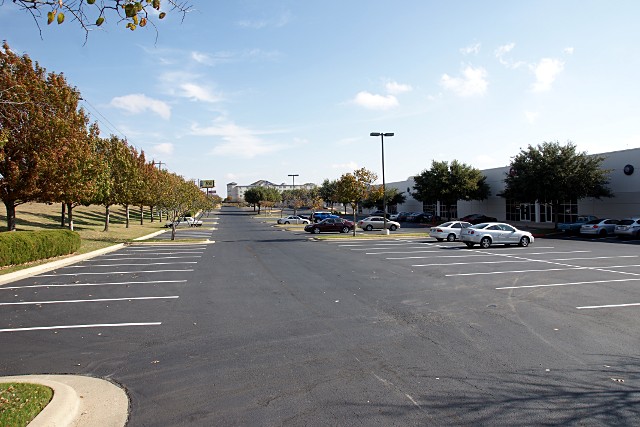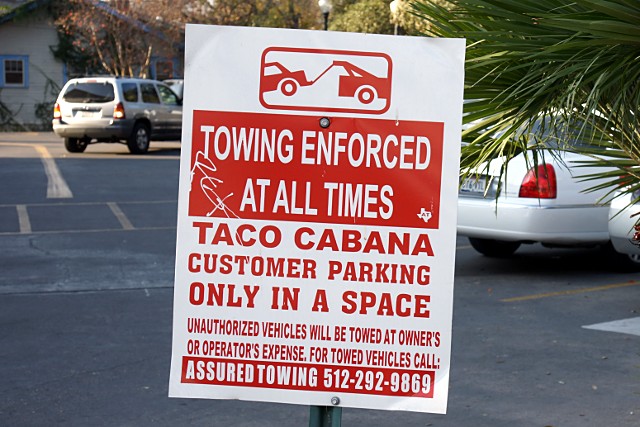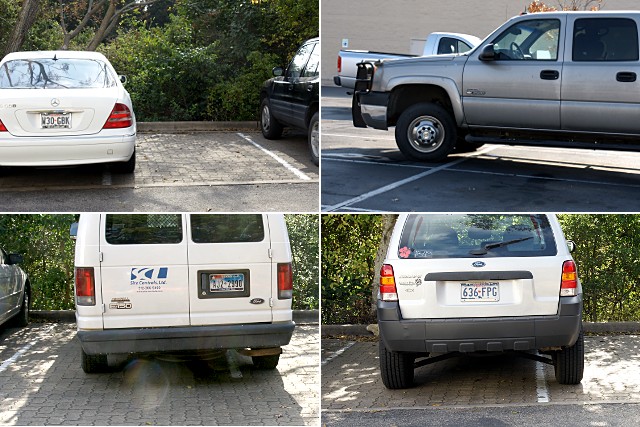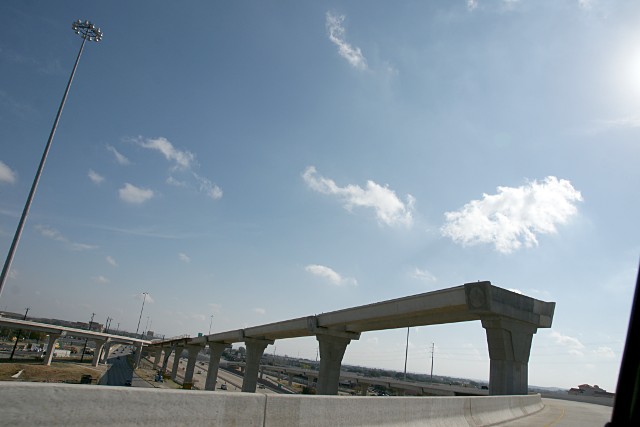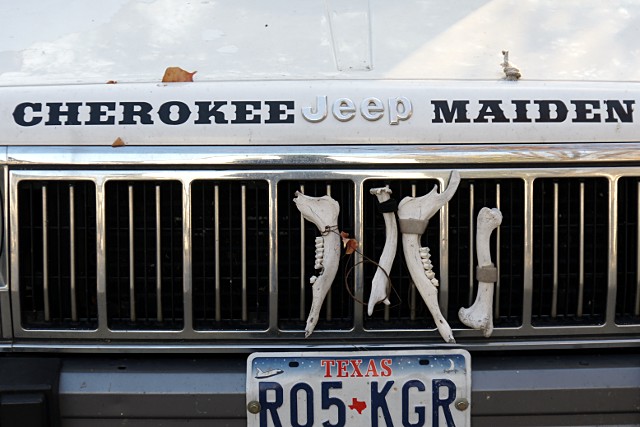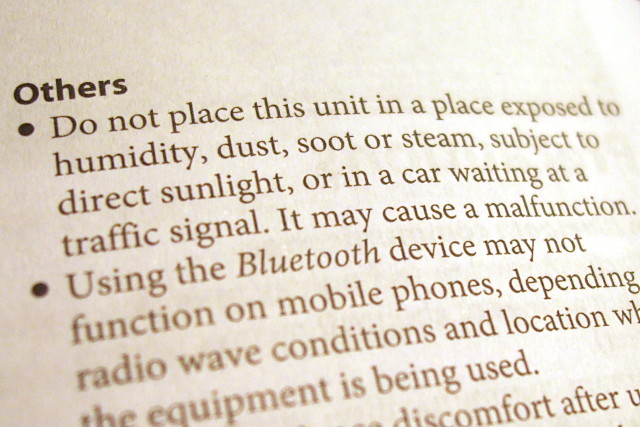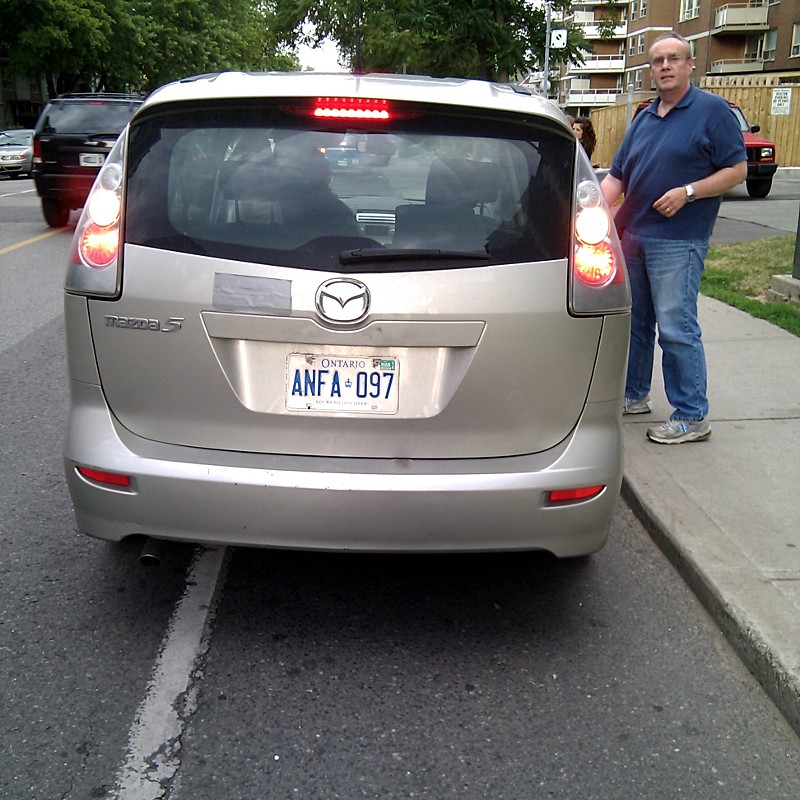
This is Cliff. He doesn't like me.
Hi everyone. I’d like you to meet Cliff. He was a passenger in this Mazda 5, licence plate ANFA 097. I don’t know if people ever Google their own licence plates, but I sure hope Cliff does. I also don’t know if Cliff is his real name, but that’s what I’m calling him. He looks kind of like a Cliff, doesn’t he? Much moreso than, say, a Norm, Sam, or Carla. He gave me a name too: “Asshole.” He calls me an asshole because he and his wife/daughter/mistress/something needed to park in the Cosburn bike lane on Wednesday evening for “just a second.” I’m an asshole because I straddled my bike behind their car, waiting for them to leave. I’m an asshole because I “could have just gone around.” I’m an asshole because it’s Cliff’s inalienable right to park for “just a second” in a bike lane directly in front of a No Stopping sign and maybe 6 feet away from an apartment driveway that had several empty visitor parking spots. Coincidentally, the No Stopping roadsign and adjacent off-street parking flank Cliff’s head in the picture above. Of course, I’m an even bigger asshole for pointing that out.
Cliff says I’m an asshole because his mother/secretary/masseuse/whathaveyou has her flashers on, and all that flashing lets you do anything you want. Cliff says I’m an asshole because his caregiver/trustee/court-mandated escort/whatever is breaking the law which, he assures me, doesn’t apply if you are stopping for “just a second.” Apparently, 4-way flashers temporarily suspend all nearby laws. Except the law of gravity, which cannot be repealed by mere light bulbs, no matter how many of them are flashing in unison. But even time itself is warped inside the event horizon of flashers: I was waiting behind them and dinging my bell for a full two minutes, while Cliff insisted repeatedly that they were parked in the bike lane for “just a second.” I’m lucky my atoms weren’t torn apart by the tidal forces, being, as I was, both so close and such a sizeable asshole.
Cliff says I should “just fuck off.” I’ve got some nerve, trying to ride my bike in the bike lane when it is clearly intended to be used for cars to park in. I mean, why else would they put it at the side of the road like that? I really ought to be ashamed, dinging my bell and so flustering Cliff that he was reduced to spewing a virtually incoherent string of obscenities at me. I’ll give him the benefit of the doubt and assume that he’s normally a fairly lucid fellow, though I have no direct evidence of it. I do have direct evidence of that pulsing vein in his forehead. He really ought to have that looked at. Perhaps I should pity the poor persecuted motorist, unable to park in the bike lane for “just a second” without some uppity cyclist coming along and ruining his day by pointing out that he’s endangering others. But it’s really hard to pity someone who screams at you when you gently call him out on his anti-social behaviour. Hey Cliff, you think I’m the asshole? I’ve got news for you, buddy.
Anyway Cliff, I accept your apology for parking in the bike lane and endangering cyclists for no reason beyond your own perceived entitlement. I didn’t quite hear the actual words through all of your bluster and spittle, but I think I got the gist of it.
